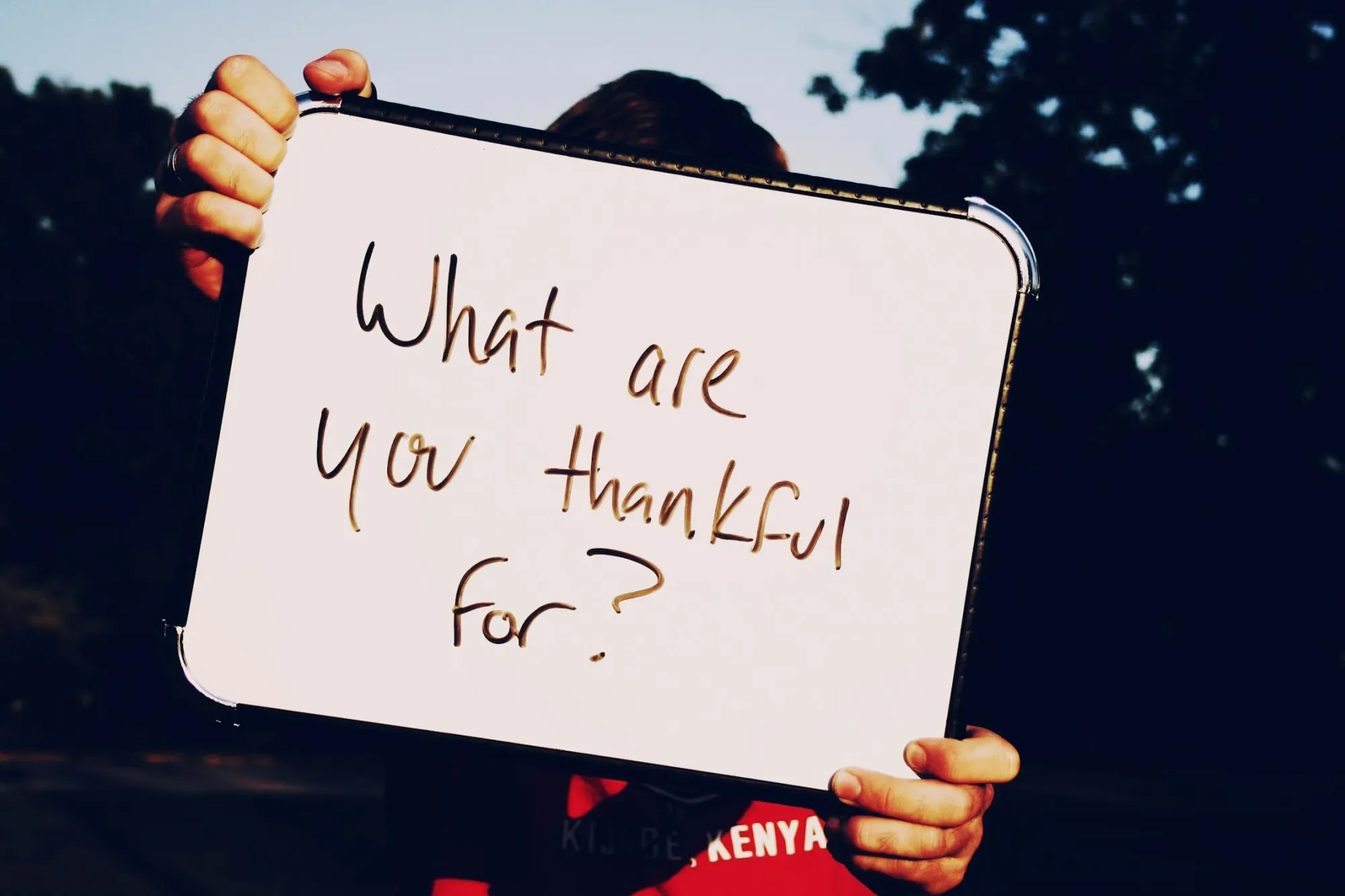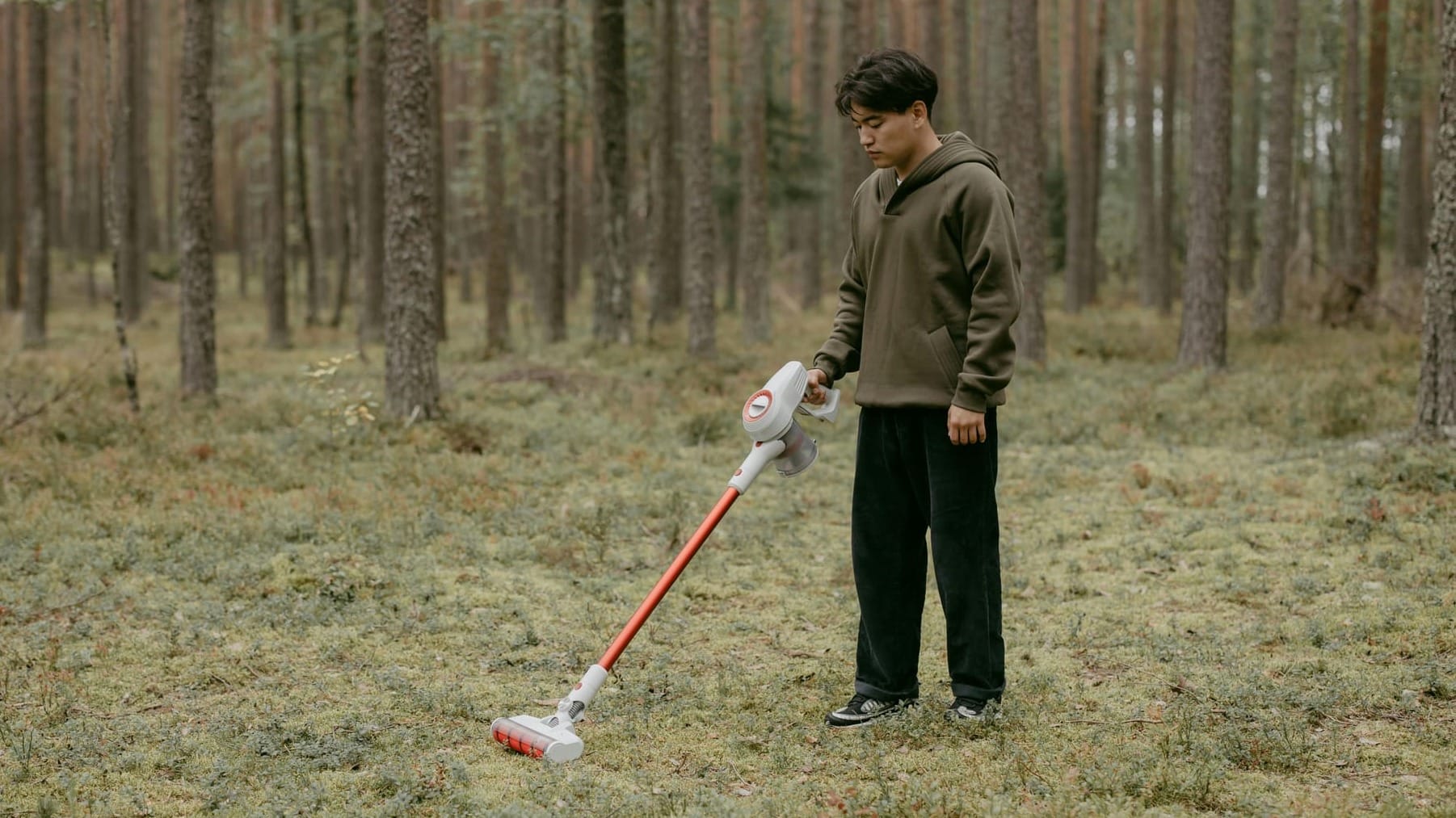The Power of Gratitude: How to Transform Your Life with Simple Practices
Discover the transformative power of gratitude. Learn simple practices to reshape your mindset and find joy in the little things.
Introduction
Gratitude is more than a polite “thank you”—it’s a powerful practice that can reshape your mindset, relationships, and overall well-being. By focusing on what you have rather than what you lack, gratitude encourages a sense of abundance and joy. Even science backs it up: studies show that practising gratitude can improve mental health, strengthen relationships, and even boost your immune system.
In this blog, we’ll explore how gratitude works, why it matters, and simple ways to incorporate it into your daily life for lasting benefits.
What is Gratitude?
Gratitude is the act of recognising and appreciating the good things in your life. It’s about shifting your focus from scarcity to abundance and acknowledging the kindness of others, the beauty of nature, or even the small victories in your day.
Why Gratitude Matters
Practising gratitude consistently can lead to a host of benefits, including:
- Improved Mental Health: Gratitude reduces stress, anxiety, and depression by shifting focus to positive aspects of life.
- Stronger Relationships: Expressing appreciation fosters connection and trust in personal and professional relationships.
- Better Sleep: Studies show that reflecting on things you’re grateful for before bed improves sleep quality.
- Increased Resilience: Gratitude builds emotional resilience, helping you navigate life’s challenges with a positive outlook.
- Enhanced Physical Health: Practising gratitude has been linked to lower blood pressure and a stronger immune system.
How to Start a Gratitude Practice
Incorporating gratitude into your life doesn’t have to be complicated. Here are some simple practices to get you started:
- Keep a Gratitude Journal
- Each day, write down three things you’re grateful for. These can be as small as a sunny day or as significant as a supportive friend.
- Express Gratitude to Others
- Take time to thank someone in your life, whether through a heartfelt message, a handwritten note, or a simple conversation.
- Practice Gratitude During Meals
- Before eating, reflect on the journey your food took to reach your plate and the people involved in that process.
- Create a Gratitude Jar
- Write things you’re grateful for on small pieces of paper and place them in a jar. At the end of the year, read through them to reflect on your blessings.
- Mindful Reflection
- At the end of each day, take a moment to reflect on the good moments, no matter how small they might seem.

Overcoming Gratitude Fatigue
Sometimes, gratitude practices can feel repetitive or insincere. To keep your practice fresh:
- Be Specific: Instead of generalising, focus on details (e.g., “I’m grateful for the way my friend listened to me today”).
- Explore Different Mediums: Switch between journaling, verbal expressions, or creative outlets like art or photography.
- Mix It Up: Look for new areas to appreciate, such as challenges you’ve overcome or lessons learned.
The Ripple Effect of Gratitude
Gratitude doesn’t just benefit you—it has a ripple effect on those around you. When you express gratitude, you inspire others to do the same, creating a culture of positivity and kindness. Simple acts, like thanking a colleague or complimenting a stranger, can brighten someone’s day and strengthen your connections.
Join the Wave
Are you ready to transform your perspective with gratitude? Start small, stay consistent, and watch how this simple practice enriches your life. Share your favourite gratitude practices in the comments or subscribe to The Tide Report for more tips on mindfulness and personal growth.













Discussion